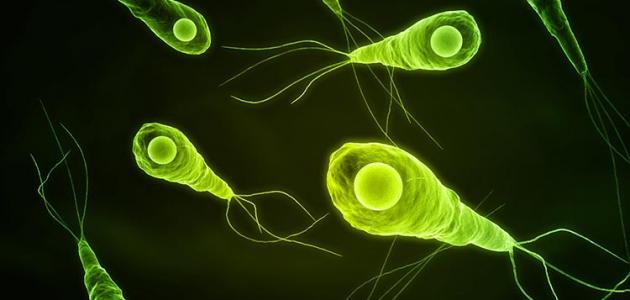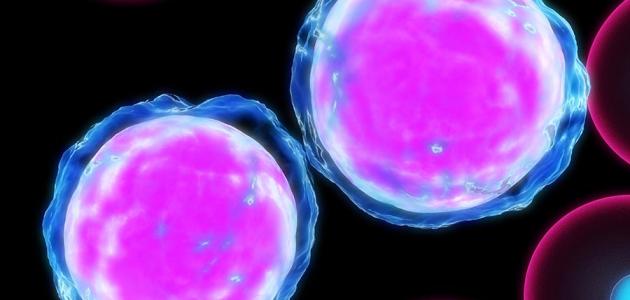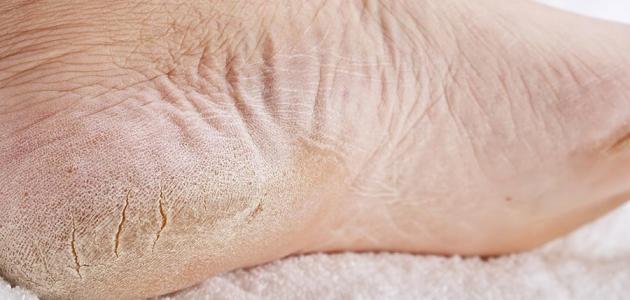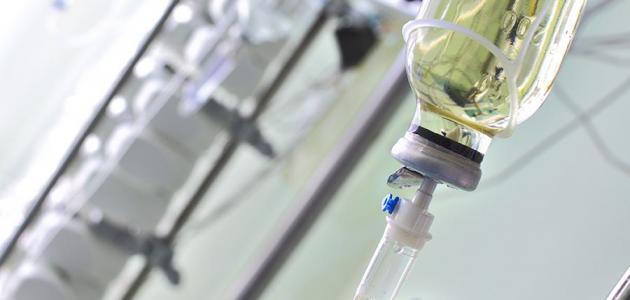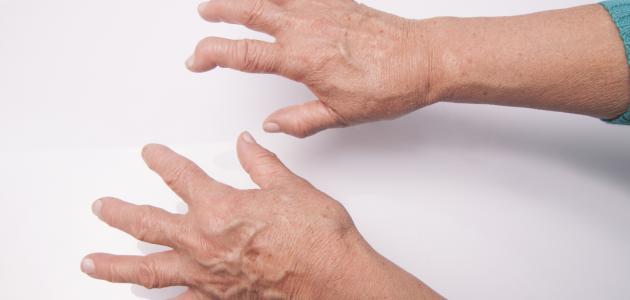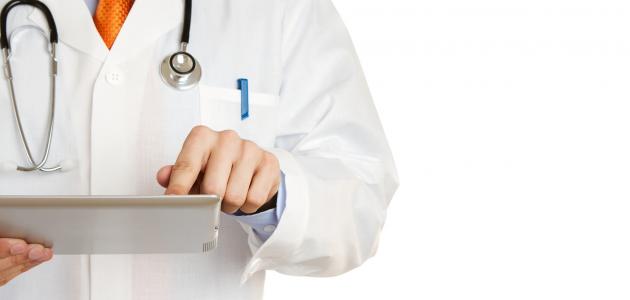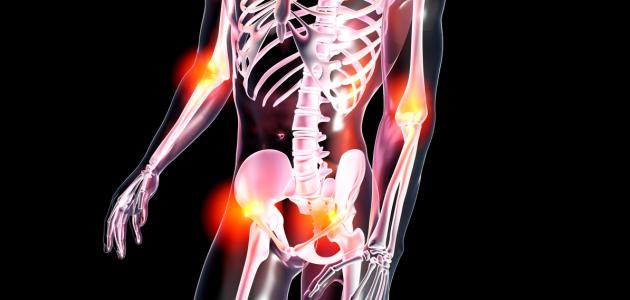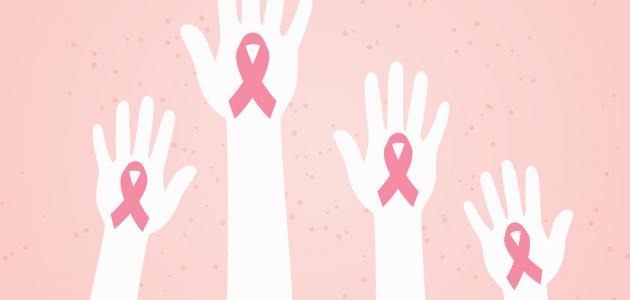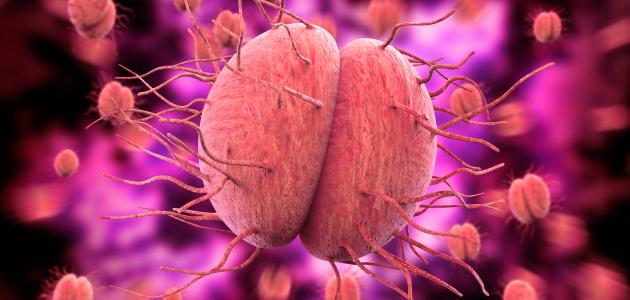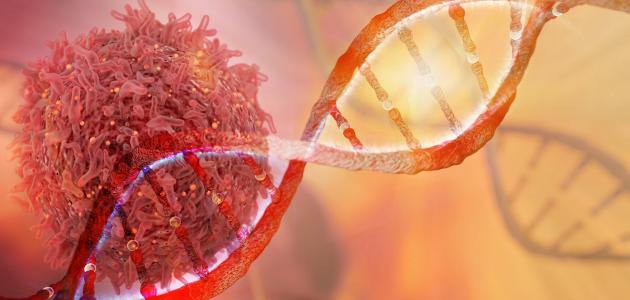Tetanus
The tetanus serious illness can death causes 10-20% of people infected if left untreated, so it is considered a medical emergency requiring immediate treatment in the hospital, and in fact tetanus as a result of bacterial infection occurs, causing the muscles, especially spasm The muscles of the jaw and neck, because they affect the nervous system , and it is worth noting that the tetanus vaccine protects against the disease, but the prevention it provides does not last forever, but rather you need to give booster doses again every 10 years, and it should be noted that tetanus can not be transmitted from an infected person to other people , it is not a contagious disease, but it is spreading dramatically in countries with climate wet and warm, areas with high population density. [1]
Tetanus treatment
There is no cure for tetanus, and therefore the treatment is mainly concerned with caring for the wound that was the cause of the tetanus infection, and the use of drugs to relieve symptoms, and treatment includes the following: [2] [3]
- Wound Care: The cleaning of the wounds that cause tetanus, remove dirt, UFOs, dead tissue from the wound and aims to prevent the growth of spores bacteria that cause tetanus.
- Anti poison: such as immune globulin anti-tetanus , which contains antibodies to kill the bacteria that cause infection tetanus, known as clostridium Titani , and in fact get rid of this counter from The toxin produced by the bacteria, which has not been linked to the nervous system yet, it is worth noting that the effect of this antagonist is short-lived and does not substitute for the tetanus vaccine , and it can be safely administered to pregnant and lactating women, as it is given as an intravenous injection, and it should be noted that this antagonist It is given in the following cases; To prevent tetanus:
- Wounds or burns that require surgical intervention, but the surgical intervention was delayed for more than 6 hours.
- Wounds or burns that contain a large amount of dead tissue.
- Severe fractures in which the bones become infected, such as compound fractures .
- Wounds or burns in patients suffering from sepsis .
- Antibiotics: antibiotics are given orally or by injection. To fight tetanus bacteria, prevent it from multiplying, and the production of toxins that cause muscle spasms and hardening, examples of antibiotics include penicillin and metronidazole . Or metronidazole.
- Tetanus vaccine: The tetanus vaccine is given to all people with tetanus , after they have been diagnosed with it.
- Anti-seizures: , as anti-seizure drugs are used to relax muscles, prevent muscle spasms, and relieve anxiety, an example is diazepam .
- Muscle relaxants: , and muscle relaxants are used. To block nerve signals from the brain from reaching the spinal cord; Which leads to reducing muscle contraction and spasm, and an example is baclofen .
- Medicines that block the neuromuscular junction: , as these drugs are used to prevent signals from the nerves from reaching the muscles. Which helps to control muscle spasms, examples of which are pancuronium and vecuronium .
- Other drugs: such as magnesium sulfate , and some beta blockers to regulate involuntary muscle activity, such as heartbeat and breathing, and morphine can be used for the same purpose, as well as to calm the patient.
- Surgery: The doctor may resort to surgery. To remove as much of the damaged and infected tissue as possible, if the wound caused by tetanus is very large, and this can be done through a surgery known medically as debridement, in which dead or contaminated tissues are removed, or foreign materials are removed from the wound, Like dirt.
- Nutrition: A patient with tetanus needs to eat a large amount of calories daily. This is due to increased muscle activity.
- Artificial respiration: , as some patients may need artificial respiration; To aid breathing, if the vocal cords or the breathing muscles are affected.
- Home remedies: including the following:
- Control of bleeding, by applying direct pressure on the wound, if the wound is minor.
- Maintaining the wound clean, by washing the wound well with clean running water, after stopping the bleeding , and cleaning the area around the wound with water and soap.
- Cover the wound with bandages; To keep it clean and prevent harmful bacteria from contaminating it.
- Frequently changing the dressing, applying a new bandage at least once a day, or changing it if it becomes dirty or wet. This is to prevent infection, and in fact, non-adhesive bandages, or sterile gauze, can be used for patients who are allergic to the adhesive substance used in most dressings.
Symptoms of tetanus infection
The symptoms of tetanus do not appear immediately after the infection, but rather need an incubation period ranging between 7-10 days from the initial infection often, but the symptoms may appear after 4 days to about 3 weeks, and in some cases it may take several months to appear. In fact, patients who develop symptoms after a short incubation period suffer from more severe symptoms, and among the symptoms of tetanus are the following: [3]
- Muscle spasms and stiffness; It first affects the chewing muscles and then spreads to the neck and throat. This causes difficulty in swallowing, and facial muscle spasms, and the abdominal muscles, limbs, and in severe cases, the spine may spasm backward; Because the back muscles are affected, especially in children.
- Difficulty breathing caused by stiff neck and chest muscles.
- The appearance of blood in the stool.
- diarrhea.
- Fever .
- Headache.
- Sensitivity to touch.
- Sore throat.
- Sweating.
- Acceleration strikes heart .
References
- ↑ "Tetanus (Lockjaw" , www.healthline.com , Retrieved 1-5-2018.
- ↑ "Tetanus" , www.mayoclinic.org , Retrieved 1-5-2018. Edited.
- ^ A b "Everything You Need To Know About Tetanus" , www.medicalnewstoday.com The , Retrieved 1-5-2018. Edited.
